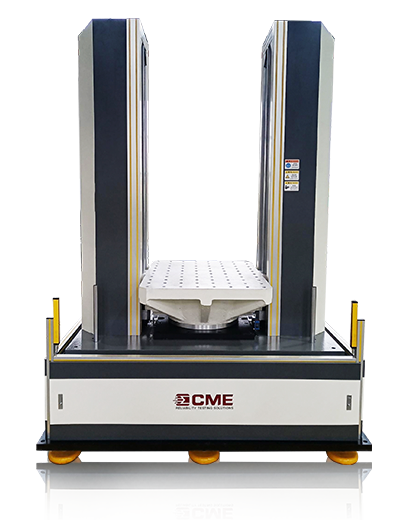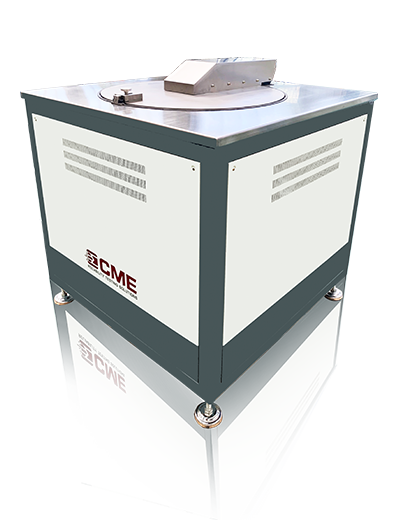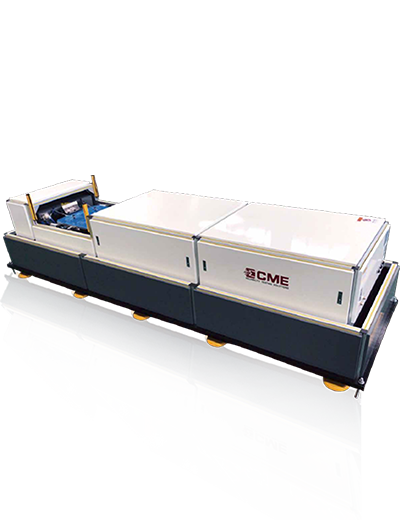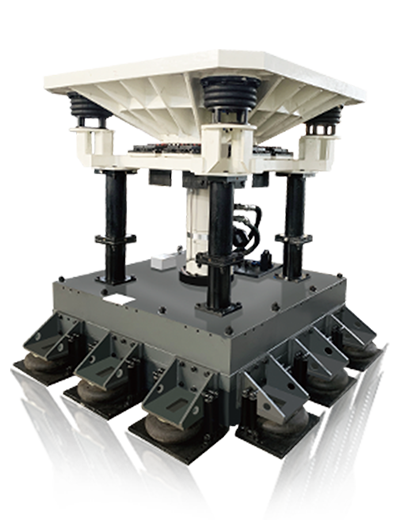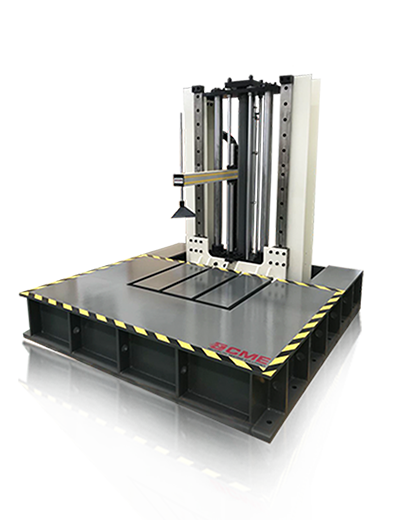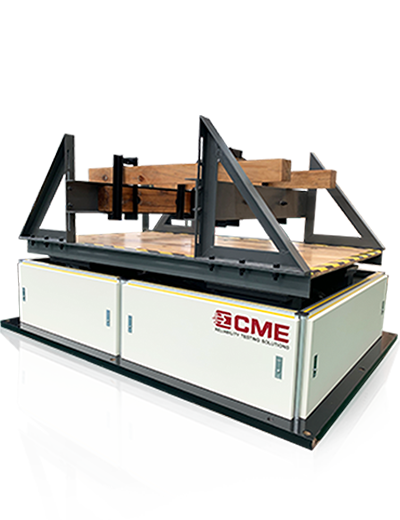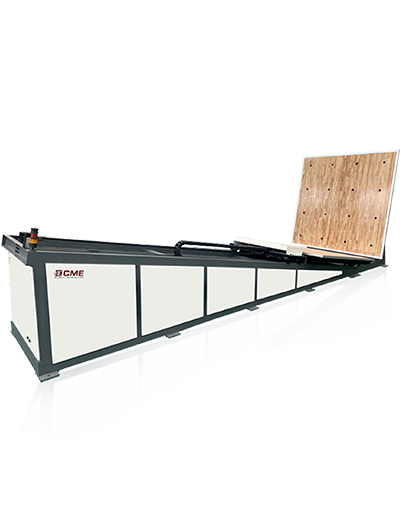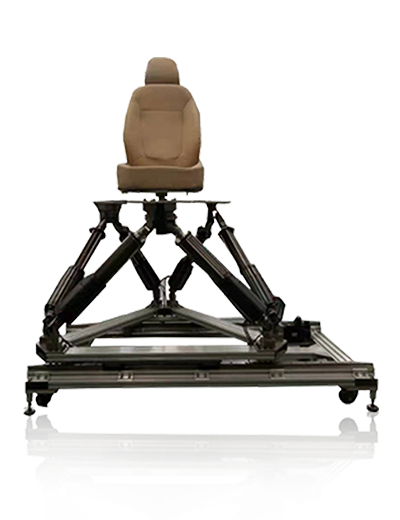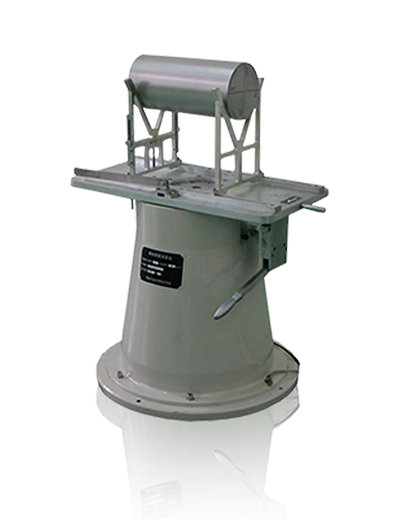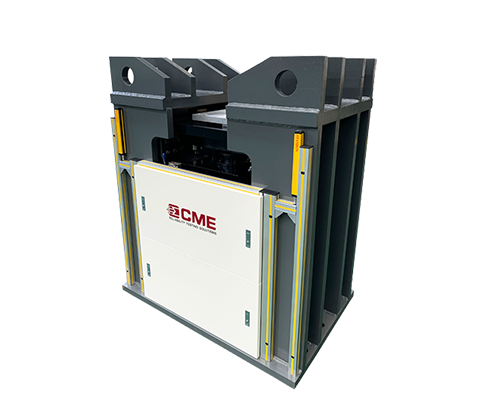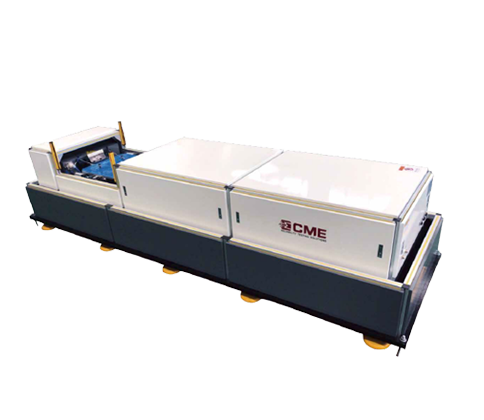The purpose of studying shock is not to study the shock waveform itself, but to pay more attention to the effect of shock on the system, or to study the damage potential of the impact motion to the system. It is difficult and inaccurate to describe the damage potential with the time history of the shock and sometimes leads to wrong conclusions. But the shock response spectrum specification can avoid such errors.
The traditional shock test (also known as the classic shock test) mainly simulates the actual shock environment by the shock effect produced by a simple pulse. This method has great limitations, there is a trend to be replaced by shock response spectrum (SRS) standard srs test.
The shock response spectrum refers to a series of single-degree-of-freedom mass damping systems. When the public foundation is subjected to shock excitation, the response peak of each single-degree-of-freedom system is drawn as a function of the natural frequency of the single-degree-of-freedom system. Simply put, it is a curve drawn by taking the natural frequency of a single degree of freedom system as the abscissa and the response peak value as the ordinate under the Cartesian coordinate system.
An actual physical system can be decomposed into a number of different single-degree-of-freedom systems. For each SDOF system, the srs shock analysis and calculation are performed, and the maximum value of the system response is taken, and then a data point is formed with its natural frequency. In this way, how many sets of data points can be obtained as many SDOF systems can be decomposed into. Finally, these points are combined to get the shock response spectrum of the entire system.
CME provides series of SRS test equipment/shock response spectrum testing equipment at good price. Contact us now!










